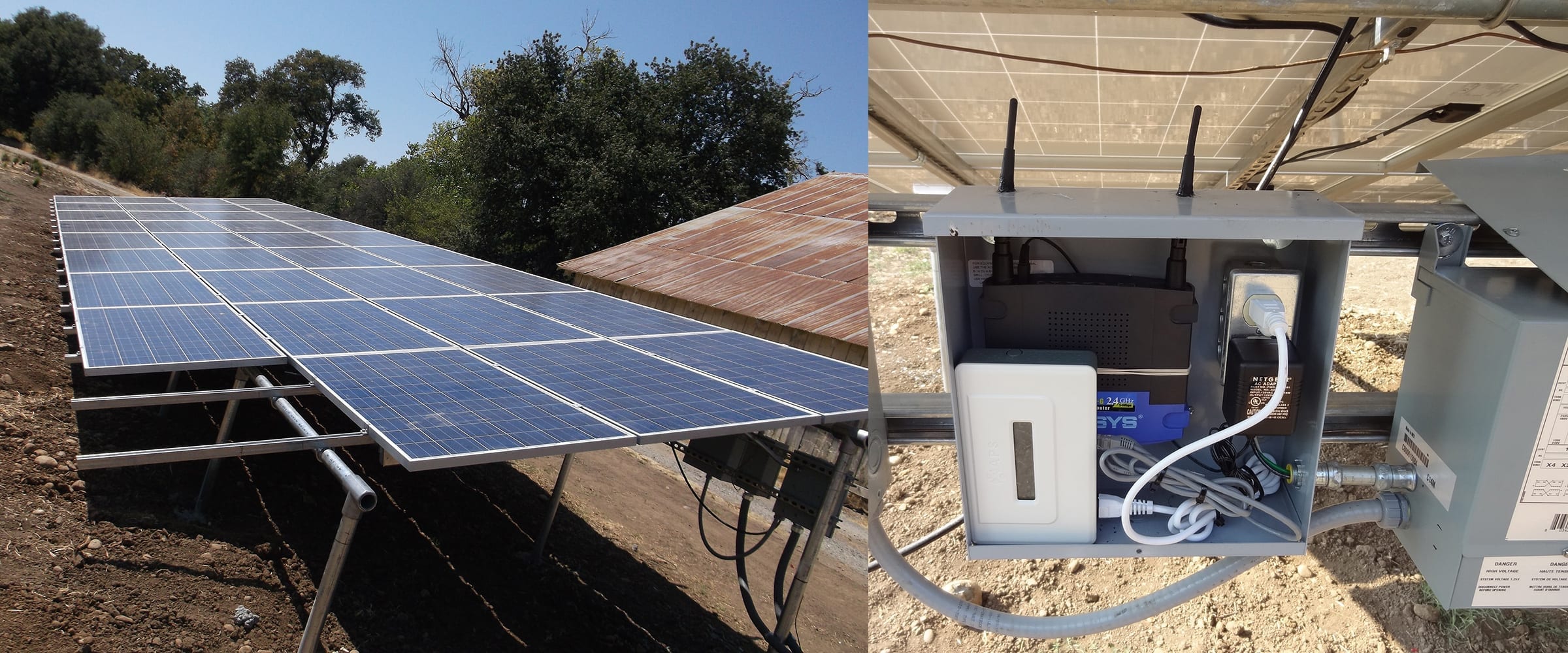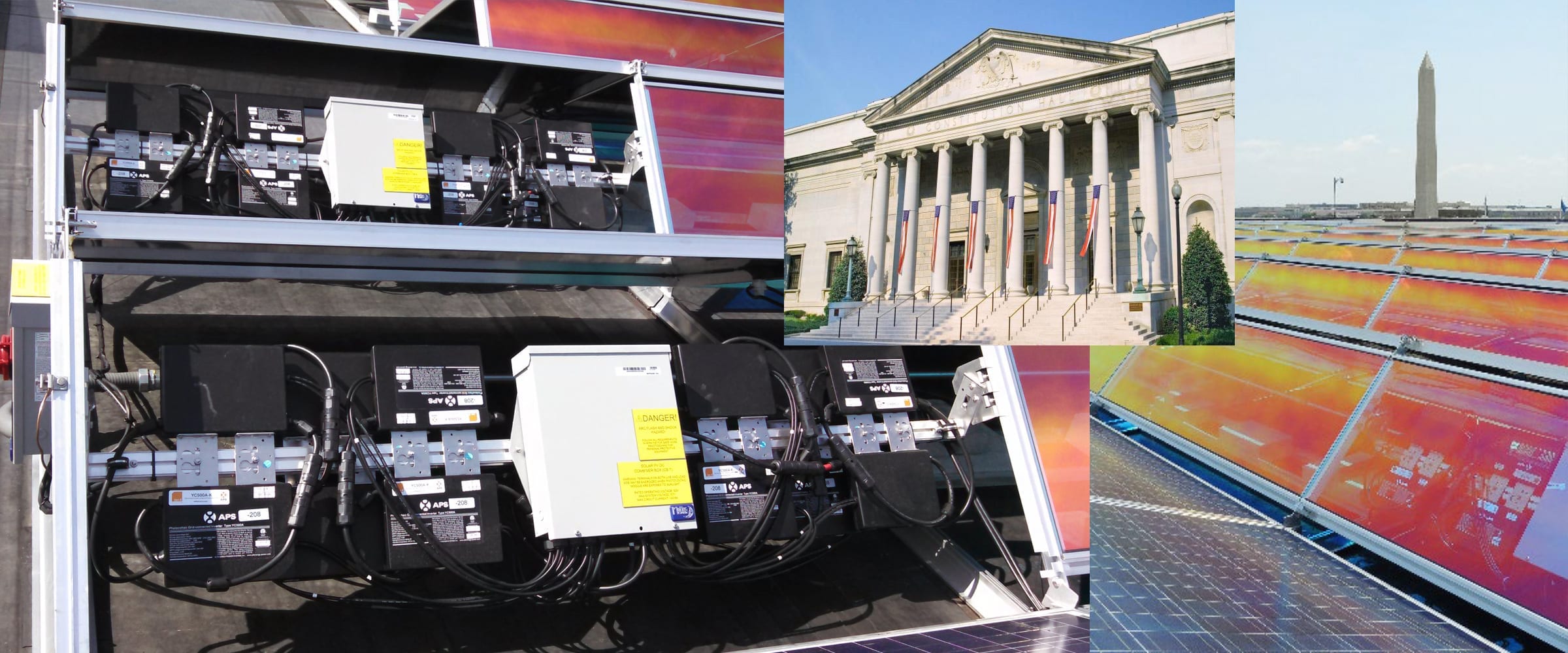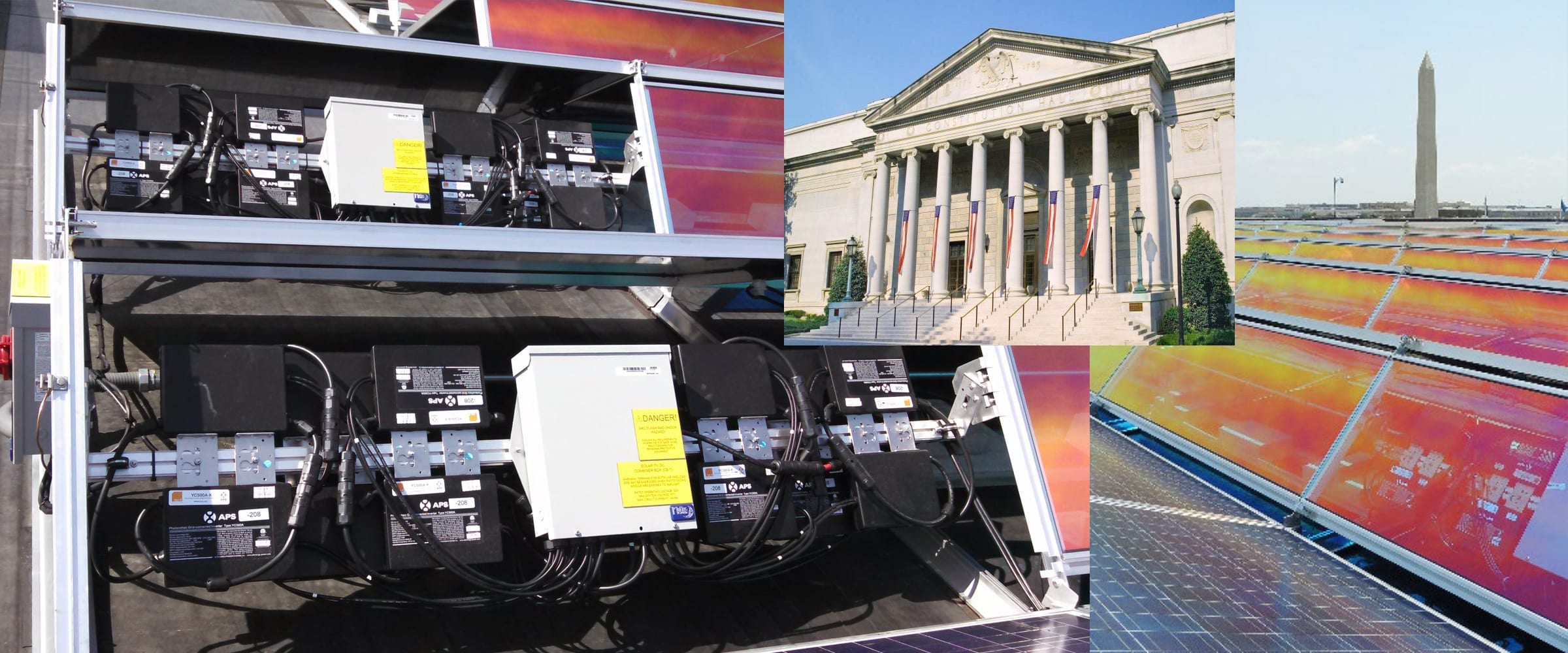A new PV array on the roof of a Seattle-area college is a clean-energy investment with a different sort of payback: solar-savvy graduates.
The Education Building at North Seattle College now sports a 7.4-kW PV system, its primary array perched atop a rotating armature that tracks the sun across the sky each day.
While the array will only yield a small fraction of the building’s energy needs, “power” per se wasn’t the point.
“This isn’t really about generating electricity,” said Mark Weber, faculty and program coordinator for the college’s HVAC and Sustainable Energy Program. “This is an educational tool for our students. It’s a dynamic learning environment rather than a static one, where we can do all sorts of experimentation with module orientation, the effects of weather, all kinds of things.”
About half of the $75,000 system cost was funded by a grant from the Portland, Ore.-based Bonneville Environmental Foundation, which promotes renewable energy and resource conservation. The college made up the balance.
Artisan Electric of Seattle was selected from among three local installers submitting proposals. The combination of a solar tracker, 3-phase output and a mentoring component for students set Artisan’s design apart in the bidding process.
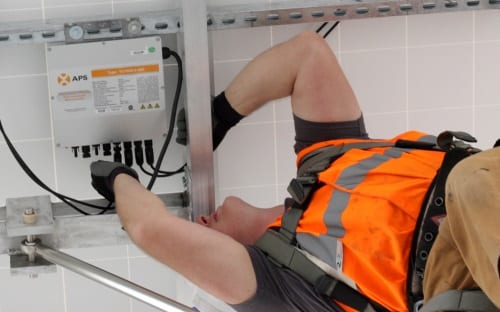
An APS YC1000 is installed on the underside of the array.
The primary array includes thirty 240-watt modules by Talesun. A secondary, fixed-position array of three modules is planned to serve as a system “control,” allowing students to compare the output of the two designs – one that continually aligns itself with the sun to optimize solar harvest, the other pointing eternally south.
Anthony Sarno, system designer for Artisan Electric, selected APS YC1000 microinverters for their true 3-phase output. The APS units tied into the building’s 480-V circuit without the need for step-up transformers, in an electrical room that would have been too small to accommodate a central “string” inverter.
“When I saw the 480 panel, the light bulb went on,” Sarno said. “I saw potential savings by using the YC1000 microinverter, and there was an element of allure to having a cutting edge product in the mix.”
APS and its Washington state distributor, Blue Frog Solar, provided the YC1000 microinverters below cost as a donation to the college.
“The chance to help students learn about PV system design and train for the renewable energy trades was compelling,” said Paul Barlock, APS Senior Vice President. “This project is a showcase for true 3-phase microinverters in a commercial setting, but the fact that it’s in a college environment provides much greater benefit still.”
Tracking the sun
Marketed under the name SolarTrackr, the “smart tracking” system was designed and fabricated by Wovn Energy of Seattle.
Putting the 2-ton apparatus atop a three-story building added a layer of design complexity, the first question being whether the roof could support it.
The structural engineer responsible for the building’s original plans was still in practice, Sarno said, and provided new calculations proving that the roof could bear the load.
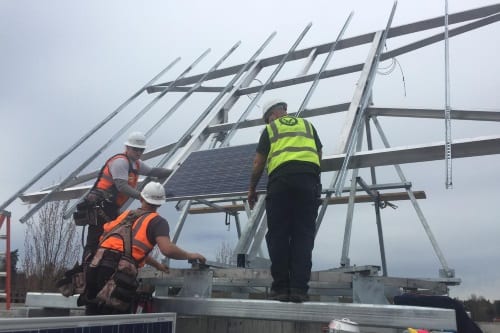
The team from Artisan Electric begin attaching modules to the tracking system’s steel armature. The array will rotate and incline to track the sun through the sky. Photo Credit: Wovn Energy
Next came the question of ballasting. Fortuitously, the rooftop featured several low concrete parapets that extended down through the building to the ground. These walls became the foundation for the massive steel armature that was assembled over five days in March.
The completed array rotates around a circular steel rail, inched along by a small electric motor, while a second motor and a piston provide inclination. Together the two motors draw about the same power as a 100-watt light bulb, said Alan Tilley, Wovn Energy vice president and tracking system designer.
Wovn’s solar tracking software uses algorithms provided by the National Renewable Energy Laboratories, and also accounts for local weather and atmospheric conditions to optimize the array’s positioning. Solar harvest is projected to be about 45% higher than a static array. Computer control can be manually overridden so students can set the array to other positions for research and data collection.
“Compared to a static system, this thing has so many more opportunities for learning,” Weber said, “not just for solar, but also for engineering. The control system is going to be way cool to play with. We can bring in people from other disciplines, not just our program.”
The founders of Wovn Energy set out on a mission five years ago to provide distributed-energy management systems, out of which the SolarTrackr system evolved, Tilley said.
The product was designed to offset the then-high cost of modules, allowing buyers to achieve greater yield from a smaller array, Tilley said. As module prices have come down, the SolarTrackr is now marketed as a way to make full-sized arrays more powerful still.
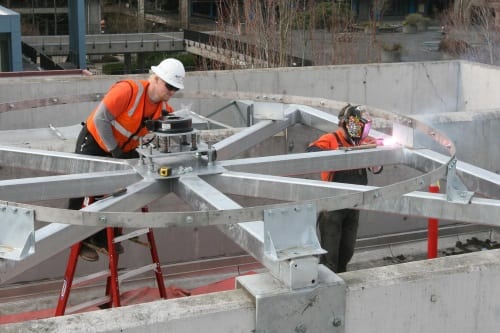
Workers assemble the circular steel track on which the 30-module PV array will rotate at North Seattle College. The tracking system was designed and fabricated by Wovn Energy of Seattle. Photo credit: APS USA
The North Seattle College project was the company’s fifth installation, and the first on a rooftop. The biggest challenge previously was a ground mount perched on the side of a mountain.
“That one was a real bear,” Tilley said. “This one is tame by comparison.”
Wovn expects to have about 15 installations in its portfolio by midyear, he said, with two more already underway in the Seattle area.
For students, by students
Befitting an educational venture, the North Seattle College project engaged students from the start.
Students from nearby Shoreline Community College, which offers a two-year degree in Clean Energy Technology, were brought in to do a solar site assessment. Their report became the baseline against which formal proposals were evaluated.
North Seattle information technology student Christoph Strouse was a key member of the solar project team, and system designer Sarno is a graduate of Shoreline program.
“Artisan kind of plucked me out of the program, and things have fallen into place very well,” Sarno said.
Because the array shoots up 25 feet above the roof of an already tall building, it has become a billboard of sorts for North Seattle College. The array is visible from adjacent neighborhoods, from a popular commercial center a mile to the east, and to passing motorists on the busy I-5 freeway.
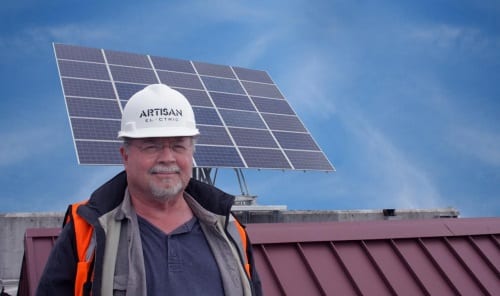
Alan Tilley, engineering vice present and tracking system designer for Wovn Energy. The North Seattle College project is the Seattle company’s fifth installation. Photo Credit: APS USA
It is also becoming both a valuable asset and a recruiting tool. Weber said the college is in talks with other area schools and a major research university to share solar performance data collected by students. The colleges are also beginning to collaborate on programs to meet the evolving demands of the clean-energy and construction industries.
Weber and Strouse envision a hybrid program in “High Performance Building Technology.” Students might someday take electronics and IT classes at one school, HVAC or facilities management at another, and PV system design at a third toward an integrated degree.
Having an advanced solar installation could make North Seattle College the program’s logical hub, and the investment is already paying off for students.
“I’m very lucky to have been here at the right time to be a part of this team and experience this project from paper to completion,” Strouse said. “As a learning experience, it doesn’t get much better than this.”
Project Details
North Seattle College 3-phase 7.4-kw PV system
Designer/installer: Artisan Electric, Seattle
Tracking system and racking: SolarTrackr by Wovn Energy, Seattle
Microinverters: 8 APS YC1000 true 3-phase
Monitoring: APS Energy Communication Unit/Energy Monitoring and Analysis software
Modules: 30 Talesun 240W

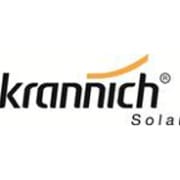



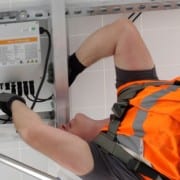





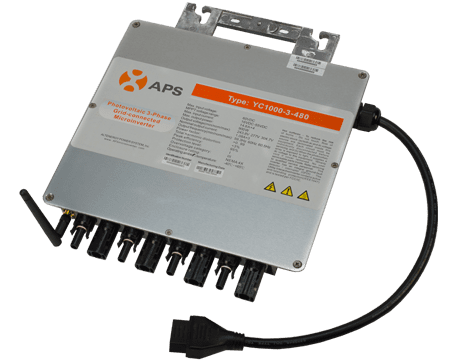


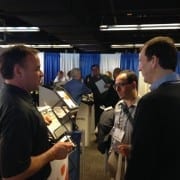


 The region has seen outstanding growth for APS over the past 12 months, including agreements with leading solar distributors in the Northeast and Mid-Atlantic markets.
The region has seen outstanding growth for APS over the past 12 months, including agreements with leading solar distributors in the Northeast and Mid-Atlantic markets.


